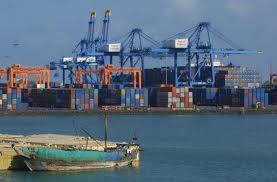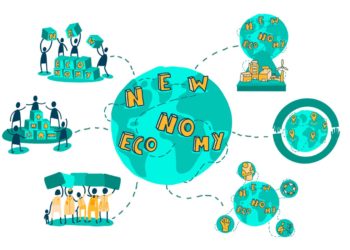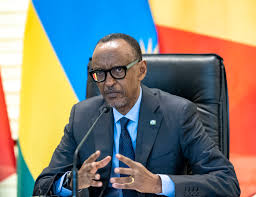The Ethiopia-Eritrea border, long shut due to conflict, saw a breakthrough with the 2018 peace deal and a community-driven reopening in Zalambessa in June 23rd 2025, promising real economic gains for both countries and the Horn of Africa, tackling the fallout from war and isolation.
First, open borders mean more trade, which directly lifts local communities. When the border reopened in 2018, Ethiopia, landlocked with 135.4 million people, gained access to Eritrea’s Red Sea ports. This cut reliance on Djibouti, slashing transport costs for exports like coffee and imports of basic goods, making Ethiopian products more competitive. In Zalambessa, trade kicked bringing immediate cash flow to border towns. These areas, hit hard by the 2020–2022 Tigray war with over 1.7 million people displaced. Trade gives families a chance to rebuild businesses and earn steady incomes, pulling them out of poverty.
Second, an open border draws investors. The 2018 peace deal made both countries safer bets for foreign money, sparking interest in various sectors. Eritrea’s ports, could turn into trade hubs for the region, creating jobs and growth.
Third, a stable border fuels economic progress by cutting conflict costs. The 2018 deal let both countries spend less on weapons and more on roads, schools, and healthcare. The 2025 Zalambessa effort, driven by local leaders with quiet backing from Tigray and Eritrean officials, shows people want peace to stick. This stability lets displaced folks return, rebuild, and contribute to local markets.
Still, hurdles remain. The 2025 reopening is small-scale, and full government buy-in isn’t guaranteed. Old trade fights and Tigray tensions could stall progress, as they did after 2018. To keep the gains, both sides need solid trade deals, workable currency exchange, and tight security.
In short, reopening the Ethiopia-Eritrea border boosts trade, pulls in investment, and stabilizes the region, driving recovery in war-torn areas. By building on efforts like Zalambessa and fixing policy roadblocks, both countries can unlock serious economic potential, helping millions and tying the region closer together.
















